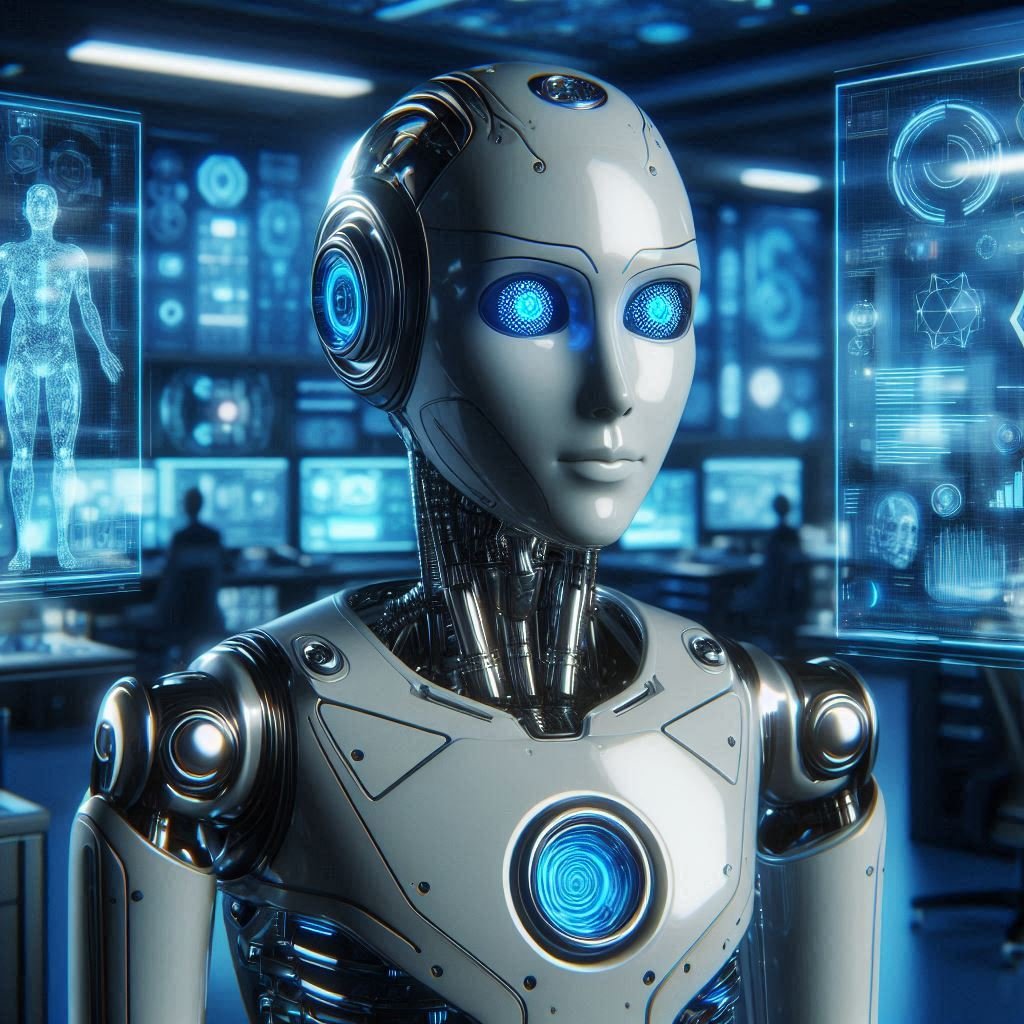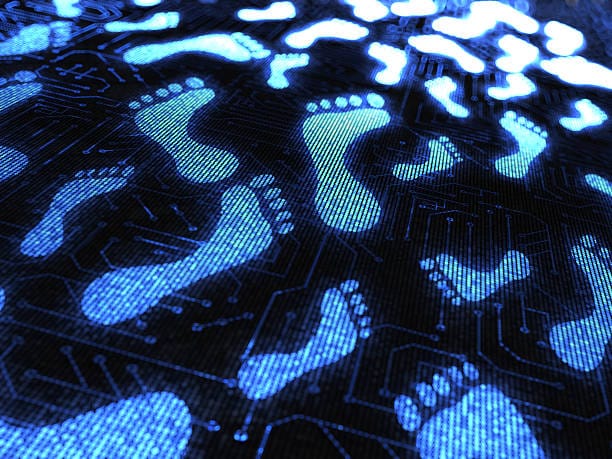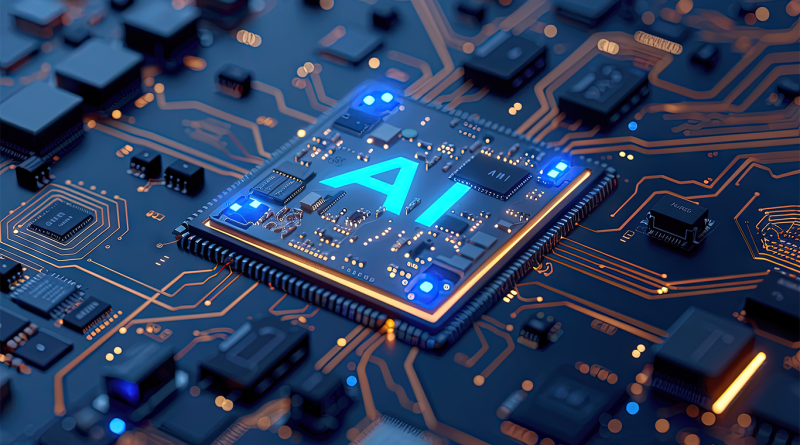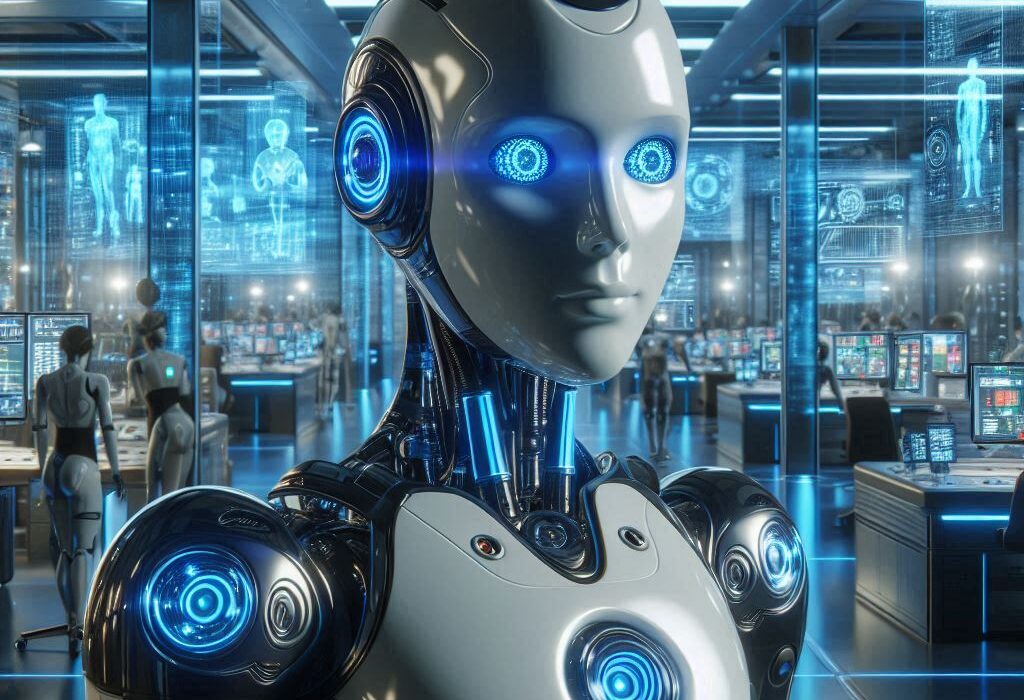Artificial Intelligence (AI) has taken the world by storm, transforming industries, economies, and even daily lives. Its capacity to learn from data, make predictions, and automate complex tasks offers unparalleled opportunities for innovation and efficiency. Yet, as AI systems become increasingly autonomous, the question of who bears responsibility for their decisions becomes a matter of deep concern.
AI isn’t a singular entity but a spectrum of technologies, each with its own complexity and level of autonomy. From self-driving cars and medical diagnostic tools to social media algorithms, AI systems are being deployed in situations where their decisions can significantly impact human lives. As these systems make more critical decisions, ethical questions arise: Who is ultimately accountable when AI makes mistakes? Is it the developer who created the system? The organization that deployed it? Or the machine itself? And how do we ensure that these systems are making decisions that align with human values and ethics?
In this article, we will explore the intricate relationship between AI and ethics, examining the responsibilities of various stakeholders, the dangers of unaccountable AI, and the ongoing efforts to establish ethical frameworks to guide AI development and deployment. By the end of this exploration, we will have a clearer understanding of who is truly responsible when AI makes a decision, and how we can navigate the ethical landscape of an increasingly automated world.
The Rise of AI: A New Era of Decision-Making
The growth of artificial intelligence is one of the defining technological advances of the 21st century. AI has become increasingly capable of performing tasks that once required human intelligence, such as language translation, image recognition, decision-making, and even creativity. AI systems are already present in almost every corner of our lives, from chatbots that assist customers to algorithms that curate the content we see online.
At the core of AI lies machine learning, a method of programming that allows systems to improve and adapt through experience. Instead of relying on explicit programming to perform specific tasks, machine learning algorithms use vast amounts of data to identify patterns and make predictions. As a result, these systems can make decisions and take actions autonomously without human intervention, which has raised significant ethical and legal concerns.
The fundamental question at the heart of AI ethics is: Who is responsible for the decisions made by these systems? To answer this, we must first understand the roles of various actors involved in AI development and deployment.
The Role of AI Developers: The Creators and Builders
AI developers are the first line of defense in ensuring that AI systems make ethical and responsible decisions. These are the individuals and teams who design, code, and train the algorithms that power AI systems. In many cases, developers are the ones who set the parameters for how an AI will operate, determining its objectives, limitations, and methods of learning. However, the decisions they make during development can have far-reaching consequences.
While developers are responsible for building the underlying code that powers AI systems, they are not always the ones who determine how those systems will be used. In some cases, AI is developed for research purposes or as a prototype and then deployed in real-world situations by companies or other organizations. In these cases, the developers may not have control over how their creations are applied, which complicates questions of accountability.
Nonetheless, developers do have an ethical responsibility to ensure that their systems are safe, transparent, and aligned with human values. This responsibility includes addressing potential biases in the data used to train the AI, ensuring that the system can explain its decision-making process (where appropriate), and building safeguards to prevent harmful behavior. In short, developers must take proactive steps to anticipate and mitigate the risks associated with AI systems.
The Role of Organizations: Deployers and Users of AI
While developers create AI systems, it is often organizations that deploy these systems in the real world. Companies, governments, and other entities are increasingly integrating AI into their operations, using it for tasks ranging from automating business processes to making high-stakes decisions in healthcare, law enforcement, and finance.
When an AI system causes harm—whether it’s a self-driving car involved in an accident, an algorithm that wrongly denies a loan application, or a facial recognition system that misidentifies individuals—questions of liability arise. In many cases, the organization that deployed the AI may bear responsibility for any harm caused by its use, particularly if the system was not properly tested, monitored, or maintained.
The ethical obligations of organizations using AI go beyond compliance with laws and regulations. Companies must ensure that their AI systems are designed and implemented in ways that are ethical, transparent, and aligned with societal values. This includes implementing fairness audits, ensuring privacy protections, and being transparent about the decision-making processes of AI systems. Organizations must also recognize the potential for AI to exacerbate existing inequalities and take steps to mitigate this risk.
However, accountability is complicated by the fact that AI systems are often highly complex and operate as “black boxes,” making it difficult to understand how they arrive at their decisions. This opacity can make it hard to assign responsibility when something goes wrong, leading to a situation where no one is held accountable. This lack of transparency can erode public trust in AI and hinder its responsible adoption.
The Role of Regulators: The Need for Legal and Ethical Oversight
As AI continues to evolve and impact more areas of life, the role of regulators and lawmakers becomes increasingly important. Ethical guidelines and legal frameworks are necessary to ensure that AI is developed and used in a way that protects human rights and promotes the public good. Without such oversight, there is a risk that AI could be misused, resulting in harm, discrimination, or exploitation.
Regulators face the challenging task of balancing innovation with accountability. On one hand, they must foster an environment where AI can continue to thrive and drive progress. On the other hand, they must establish frameworks that ensure AI systems are safe, fair, and transparent. In recent years, several countries have introduced AI-specific regulations, and international organizations have also begun to develop ethical guidelines for AI development and use.
The European Union, for example, has introduced the General Data Protection Regulation (GDPR), which includes provisions on AI and automated decision-making. The EU is also working on the Artificial Intelligence Act, which aims to regulate high-risk AI applications, including those used in healthcare, transportation, and law enforcement. Meanwhile, organizations like the Institute of Electrical and Electronics Engineers (IEEE) and the OECD are working on creating global ethical guidelines for AI.
Despite these efforts, the rapid pace of AI development means that regulations often lag behind technological advances. As AI systems become more complex, the challenge of regulating them effectively will continue to grow. This is where the role of ethics in AI comes into play.
AI Ethics: Defining the Moral Principles
AI ethics is an emerging field that seeks to address the moral implications of AI technology. It focuses on ensuring that AI systems are designed and deployed in ways that are fair, just, and aligned with human values. The principles of AI ethics are diverse and often overlap, but several key concepts stand out.
- Fairness and Non-Discrimination: One of the core concerns in AI ethics is ensuring that AI systems do not perpetuate or exacerbate bias. Since AI systems are trained on data, they can inadvertently learn and amplify existing biases present in that data. For example, an AI system trained on biased data could make decisions that discriminate against certain groups based on race, gender, or socioeconomic status. To address this, AI developers must ensure that their data is diverse and representative and that their algorithms are regularly audited for bias.
- Transparency and Accountability: AI systems should be transparent in their decision-making processes. People should be able to understand how an AI arrives at a particular decision, especially in high-stakes scenarios such as healthcare or criminal justice. When an AI makes a mistake, there should be a clear line of accountability. This transparency is essential for fostering trust in AI systems and ensuring that they are used responsibly.
- Privacy and Security: AI systems often process vast amounts of personal data, raising concerns about privacy and data protection. Developers and organizations must take steps to protect individuals’ privacy, ensuring that their data is used responsibly and securely. This includes adhering to data protection laws and implementing strong safeguards to prevent unauthorized access or misuse of sensitive information.
- Autonomy and Human Control: As AI becomes more autonomous, there is a growing concern about the erosion of human control over decision-making processes. While AI can enhance human capabilities, it should not replace human judgment in situations that require empathy, understanding, or moral reasoning. Ethical AI should complement, not replace, human decision-making.
- Beneficence and Avoiding Harm: AI systems should be designed to benefit humanity and avoid causing harm. This includes ensuring that AI is used for positive social outcomes, such as improving healthcare or reducing environmental impact, while minimizing potential risks such as job displacement or the weaponization of AI technologies.
The Future of AI Responsibility: A Shared Duty
The question of responsibility for AI decisions cannot be answered by pointing to a single actor or entity. Rather, it is a shared responsibility that involves developers, organizations, regulators, and society as a whole. The development of ethical AI is a collective endeavor that requires cooperation between all stakeholders.
Governments and international bodies must play a central role in creating and enforcing laws that ensure AI is developed and used responsibly. Meanwhile, developers must take proactive steps to design systems that are transparent, fair, and aligned with ethical principles. Organizations must be committed to using AI in ways that benefit society and minimize harm, and the public must remain engaged in conversations about the future of AI and its ethical implications.
As AI continues to evolve, the stakes will only become higher. The responsibility for machine decisions is not a static issue but a dynamic challenge that will require ongoing reflection, adaptation, and collaboration. By approaching AI with a commitment to ethics and responsibility, we can ensure that this powerful technology is used to enhance, rather than undermine, our collective well-being.
In conclusion, the question of who is responsible for machine decisions in AI is not one with a simple answer. It requires a nuanced understanding of the various roles involved in AI development and deployment. The future of AI is not just about technological innovation but about fostering a responsible, ethical approach that places human values at the forefront. Only through collaboration and a shared commitment to ethics can we ensure that AI serves the common good and remains a force for positive change in the world.






